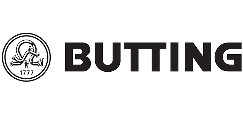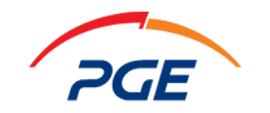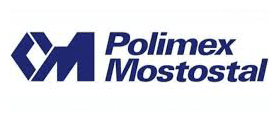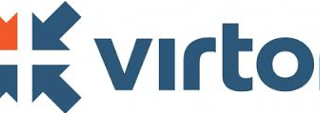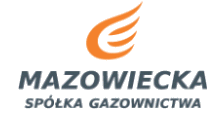Vacuum Box Testing
Vacuum Box Testing — image gallery
Why choose us?
- We deliver on our promises – when we say we’ll do something, we do it!
- Flexible service with quick turnaround times
- Independent and impartial testing
- Successful track record of delivering NDT services to various industries including large-scale industrial projects for global clients
- Highly trained and certified, multi-disciplined specialists
- Modern and always well-calibrated equipment
- Testing performed according to the written procedures approved by a level III NDT engineer
- Quality of service verified and confirmed by the approvals of the independent certification bodies
- Always ready to answer questions on testing and quality assurance
Service Information
Vacuum Box Testing
Vacuum box testing is an effective leak testing technique used to inspect welding joints. This is a relatively fast test and one that can be conducted without interfering with other fabrication operations. The test uses a box fitted with rubber seals around its open bottom and a plexiglass top cover. The weld section to be inspected is coated with a soap-like solution and a light vacuum, usually under 69 kPa (10 psi) is applied to the box. The formation of bubbles on the soaped weld indicates the location of a leak.
At LBNiW, we utilize vacuum box testing to inspect welds of the bottom and annular plates of the storage tanks. This includes butt welds and lap welds of the bottom as well as bottom to shell fillet welds.
Our Qualifications
Our specialists involved in vacuum box testing are highly skilled and experienced. They are qualified and certified to level 2 according to ISO 9712 (EN473) in visual testing. They have tested many storage tanks over the years performing vacuum box testing on both carbon and stainless steel storage tanks.
Advantages of Vacuum Box Testing Method
- Provides an immediate indication of any leaks present produced directly on the tested surface
- Easy to use
- Large areas can be inspected rapidly and at low cost
- Can detect small leaks within a given area
- Requires only access to one side of the tested surface
- The method is relatively clean does not require comprehensive cleaning after the test
Disadvantages of Vacuum Box Testing Method
- Can only detect leaks, other welding defects including surface imperfactions are not identified
- Surface preparation before testing including cleaning, de-greasing, rust and slag removal can be time consuming
- The method should not be applied to painted objects
- Size and orientation of any leaks will have to be analyzed with a secondary NDT method
- For standard testing surface temperature must be between 5°C and 50°C. Otherwise, a procedure effective at non-standard temperature range must be demonstrated
Relevant Codes & Standards
Application Specific Standards
- EN 14015, Specification for the design and manufacture of site built, vertical, cylindrical, flat-bottomed, above ground, welded, steel tanks for the storage of liquids at ambient temperature and above
Standards Specific to Vacuum Box Testing
- EN 1593, Non-destructive testing. Leak testing. Bubble emission techniques
- EN 1330-8, Non-destructive testing. Terminology Terms used in leak tightness testing
- EN 1779, Non-destructive testing. Leak testing. Criteria for method and technique selection
- ASME Boiler and Pressure Vessel Code Section V Article 10 – Leak Testing, Appendix II — Bubble Test — Vacuum Box Technique
Our Leak Testing Resources
We hold vacuum boxes suitable for inspection of butt welds, lap welds, and fillet welds according to EN 1593.


